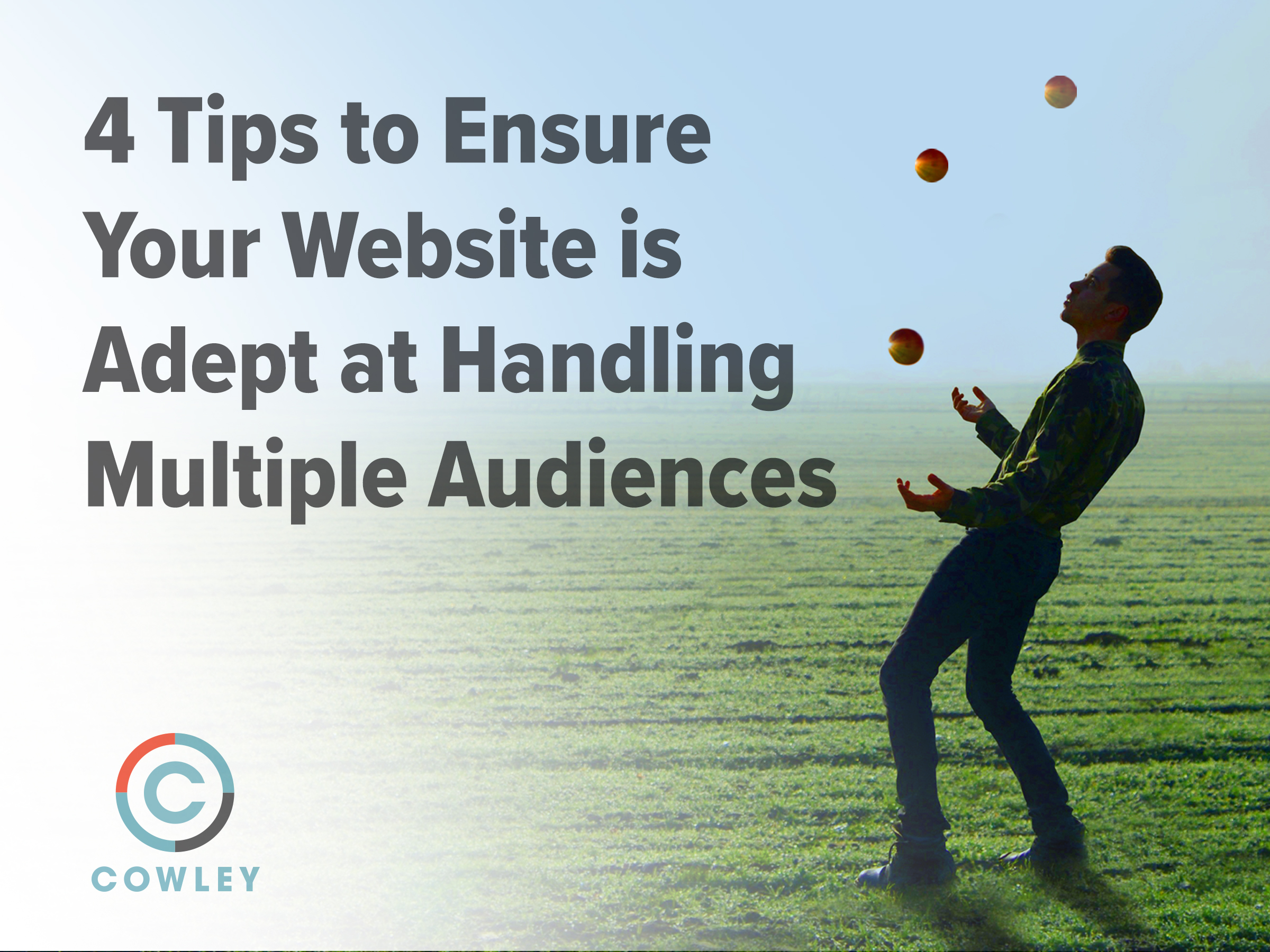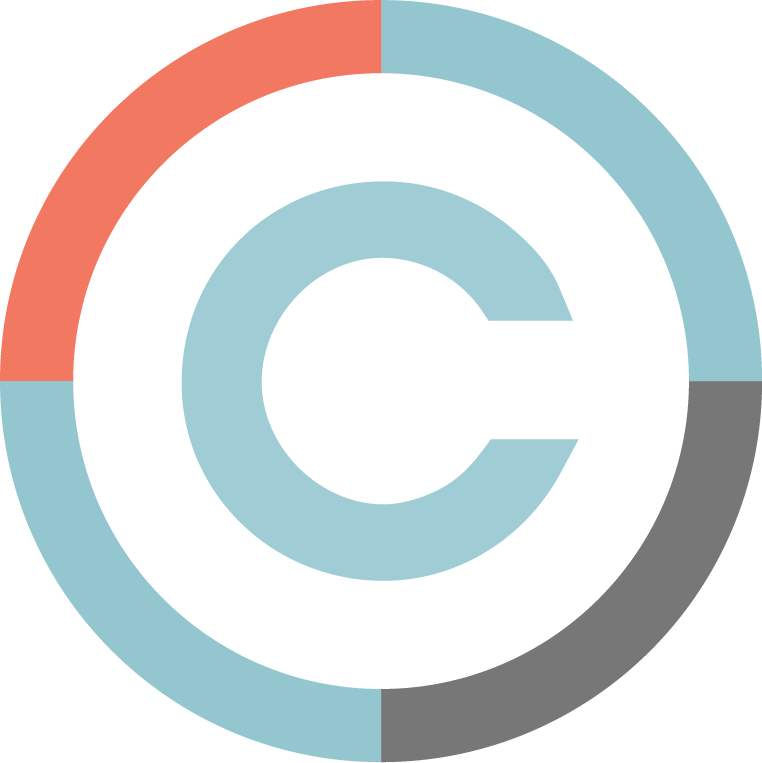 Every business needs a website, but what do you do if you have more than one target audience – or more than one product line or service? Marketing to multiple audiences with one clear and cohesive website can be tricky. When you’re trying to reach a wide range of clients with multiple needs, there’s a danger of sending mixed messages and ending up with confused and frustrated customers. But with strategic and thoughtful planning – and particular attention to your website’s structure – you can create a dynamic website that appeals to customers across the board, while still achieving your main business goals. Here are four things to consider for websites targeting multiple audiences.
Every business needs a website, but what do you do if you have more than one target audience – or more than one product line or service? Marketing to multiple audiences with one clear and cohesive website can be tricky. When you’re trying to reach a wide range of clients with multiple needs, there’s a danger of sending mixed messages and ending up with confused and frustrated customers. But with strategic and thoughtful planning – and particular attention to your website’s structure – you can create a dynamic website that appeals to customers across the board, while still achieving your main business goals. Here are four things to consider for websites targeting multiple audiences.
1. Know Your Audiences
Marketing always begins with knowing your audience, and that’s even more important when you’re dealing with more than one type of customer. In the physical world, you can obtain this knowledge by collecting and collating information from your sales force, POS system, chatting with customers in a trade show booth, conducting focus groups, etc. In the digital world, you can get to know your customer by collecting, monitoring, and analyzing data from the increasingly vast array of streams available to you -- one of which is your own website. At a minimum, be sure your site has Google Analytics installed: Enormously deep and wide, GA allows you to see who your visitors are, where they are, what operating system or device they’re using, when or how often they visit your website, how they navigate, where they arrived from, how much time they spend, what interests or doesn’t interest them, and (quite literally) countless other data points of use to an astute marketer... All of which can, or should, continuously inform your site’s structure, content, engagement and conversion opportunities, and much more.
2. Consider Catering Your Content
Most businesses have different types of customers. Question is, are their needs and interests so different from one another that they warrant their own, equally-distinct website messaging -- or even separate paths through your website? For example, let’s say you’re a manufacturer of residential HVAC equipment: As such, you doubtless have at least three very different audiences, most likely (1) channel partners such as manufacturers reps and distributors; (2) installers and/ or service technicians (these might be your own employees, independent contractors, or some combination of both); and (3) the end-users whose homes or businesses your equipment ultimately winds up in. Needless to say, devising one message (or one path through your site) for these very different audiences can be tricky if not impossible: Do you really want the end-user to hear your private conversations with an installer? If your audience can be broken into segments like this, your website can or should probably account for those differences as well by virtue of wording, branching techniques that may begin on and continue from your homepage, or even creation and management of distinct landing pages, microsites, or even PW-protected sub-sites (when security or sensitive information is in play).
3. It All Starts with Your Home Page
Again, for a business that serves multiple audiences with different needs and objectives, a clear path to the content they’re looking for is key -- and that path most often starts with your home page. As such, be certain it is as clean and simple as it can be, with compelling and specific-user benefit messaging, straightforward navigation, and links that efficiently guide different users in the right direction. (It goes without saying that an elegant, well-designed homepage also reduces confusion factors that can repel new visitors, instantly sending them into a competitor’s arms for the comfort, information, and products/services they seek.)
4. But, Do Also Ponder the Merits of Multiple Entry Points
Home pages are the default entry point for most companies, but there are definitely instances when you should consider utilizing multiple landing pages or microsites to account for different audiences or address other marketing goals. Particularly in cases where you are running distinct campaigns to equally distinct target audiences (“Hey Houston, have we got a hard-water for you!”) or when you want to measure the effectiveness of a specific medium or referral source (“A warm welcome, Facebook friend!”) – landing pages can help. They can also ensure specific visitors are funneled directly to the content they need, giving them specifically tailored messaging without any distractions.
Serving the needs of a diverse customer base with a single website may be complex, but it can absolutely be done. Cowley is here to help! We would be happy to talk about your specific needs and give you a quick estimate. Just contact Gail Cowley today to arrange a conversation at 315.475.8453 x1 or gcowley@cowleyweb.com.








